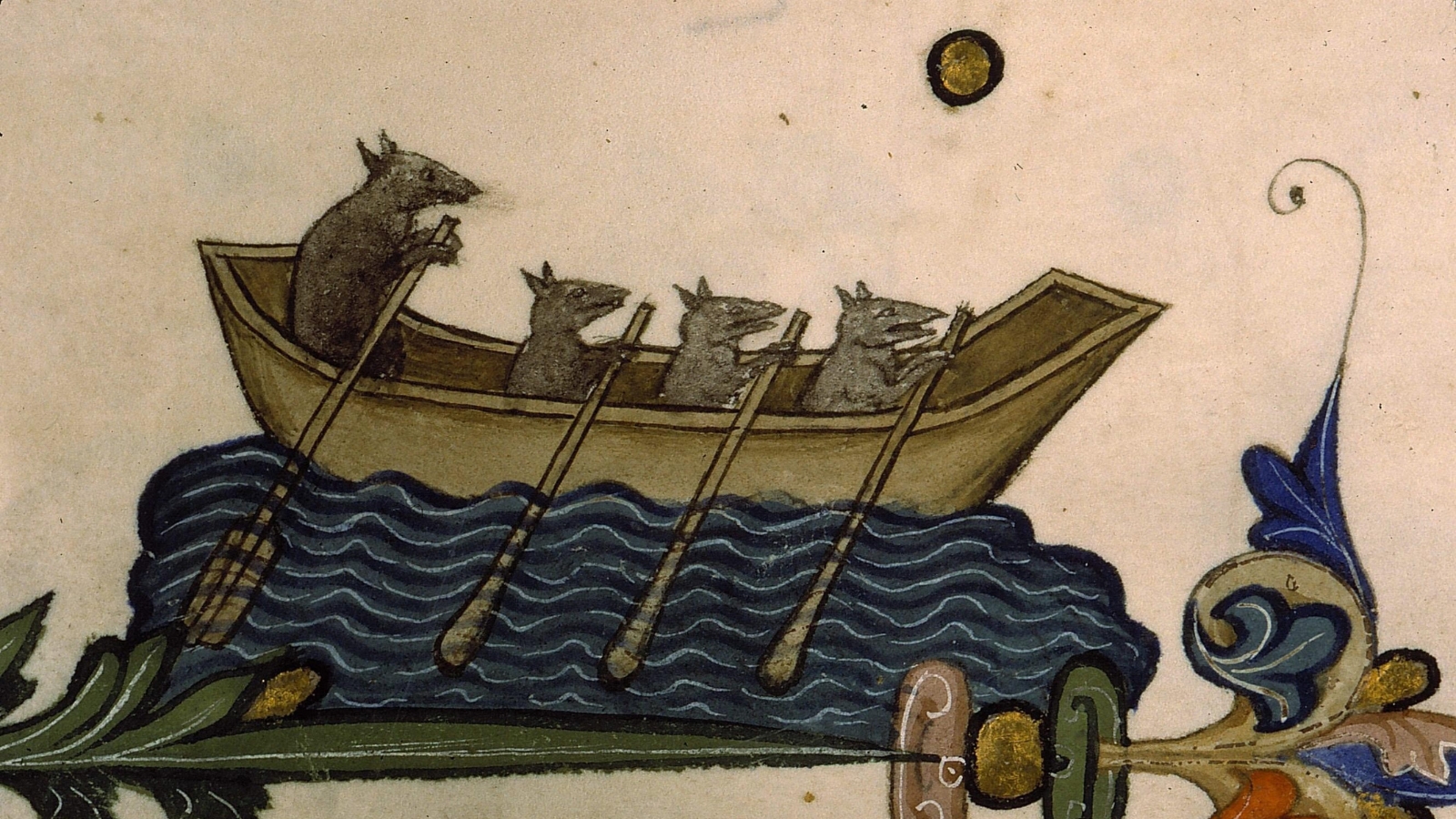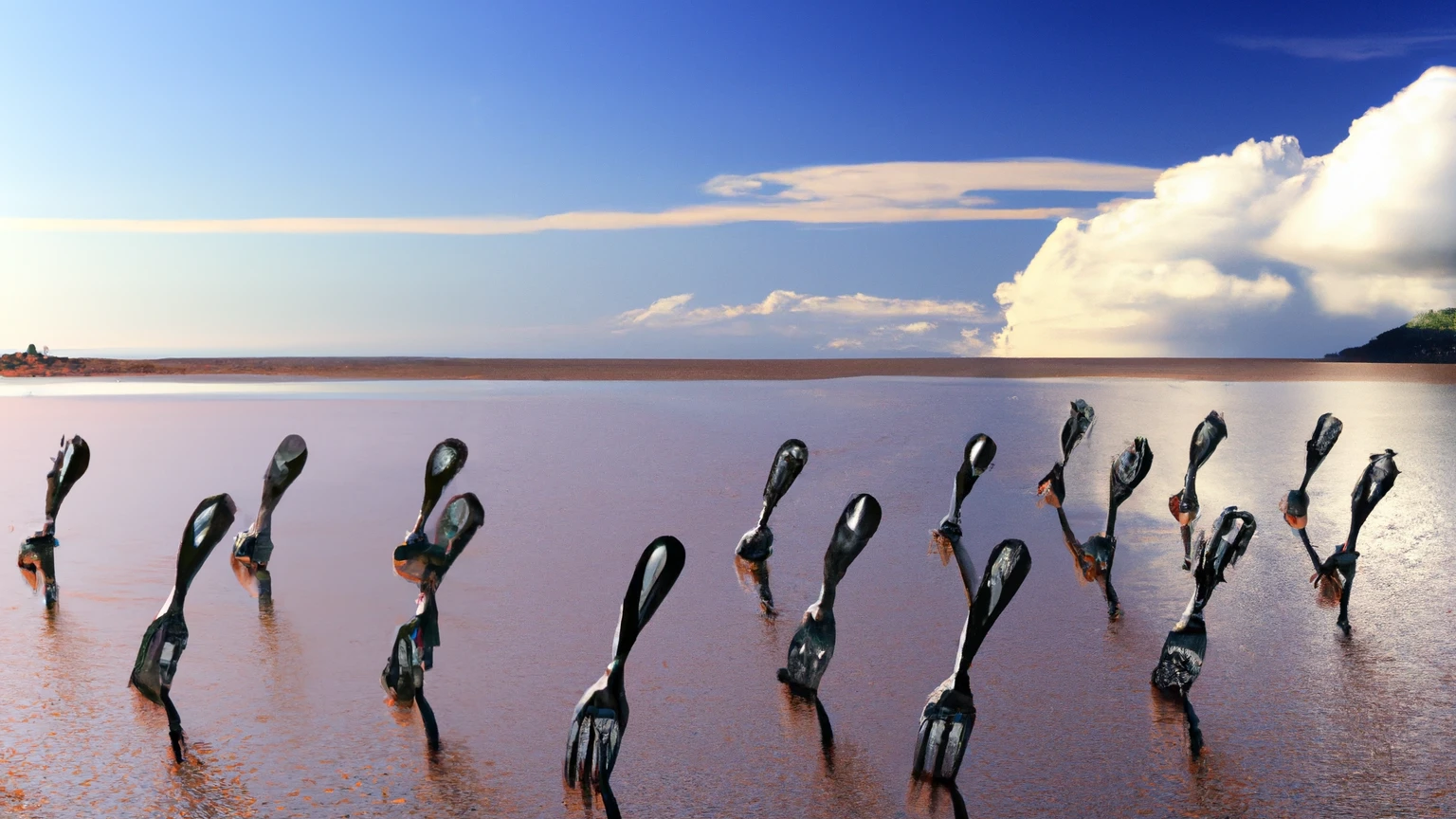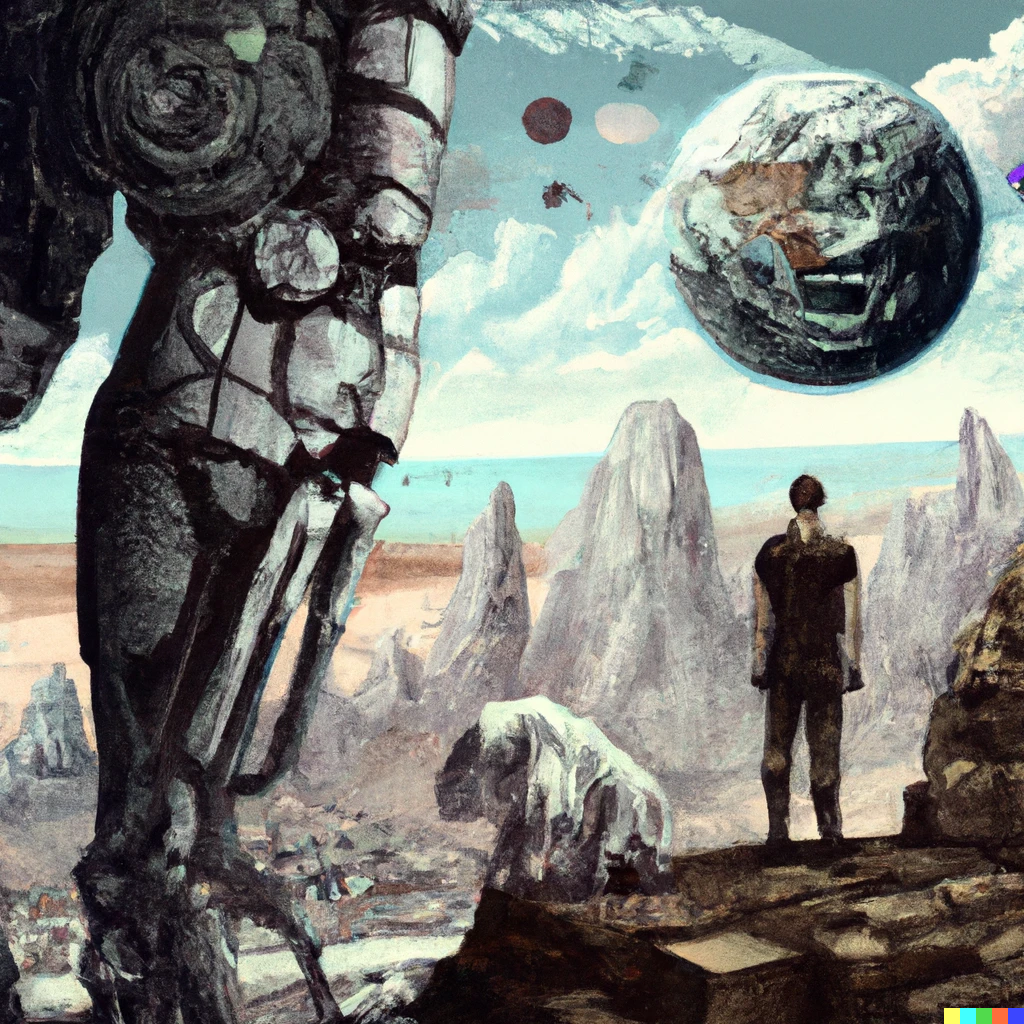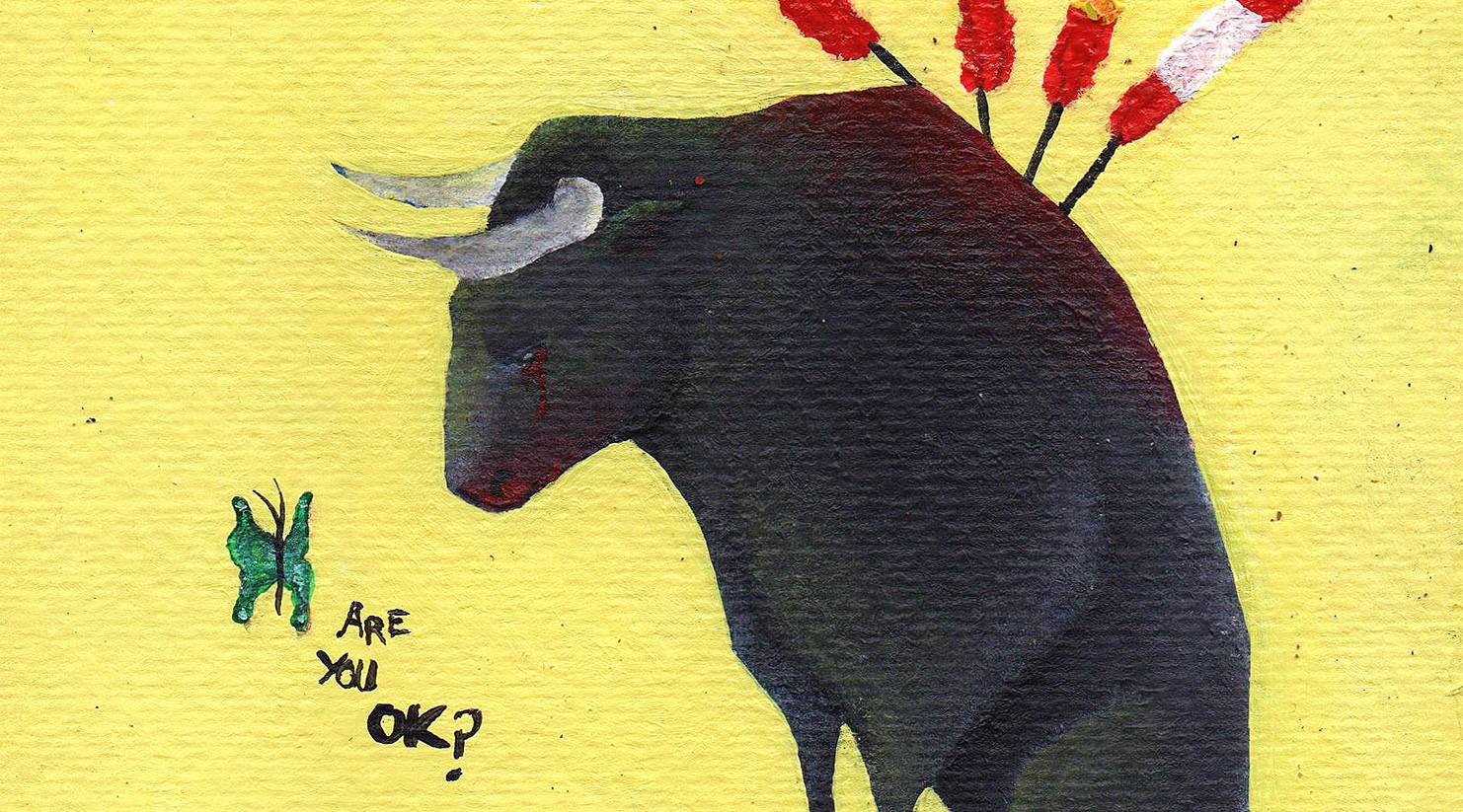Jupyter BOAT

Collage of "Hubble Spies Spooky Shadow on Jupiter's Giant Eye (color)" by NASA Goddard Space Flight Center, licensed via CC BY 2.0 and a detail of marginalia of rats in a boat from Pontifical of Guillaume Durand, page 162, circa 1367 from Ms. 143 in the collection of the Bibliothèque Sainte-Geneviève, which has no known copyright and considered to be in the public domain.
You may have seen the publication of BOAT, the bulk open attribution tool, that used a spreadsheet to enable you to generate open attribution/licensing statements for any collection of works. I’m now releasing another version of BOAT, that does exactly the same thing, but using a computational notebook instead of a spreadsheet to generate well-formed open attribution/licensing statements from a list of basic information about a collection of works.




